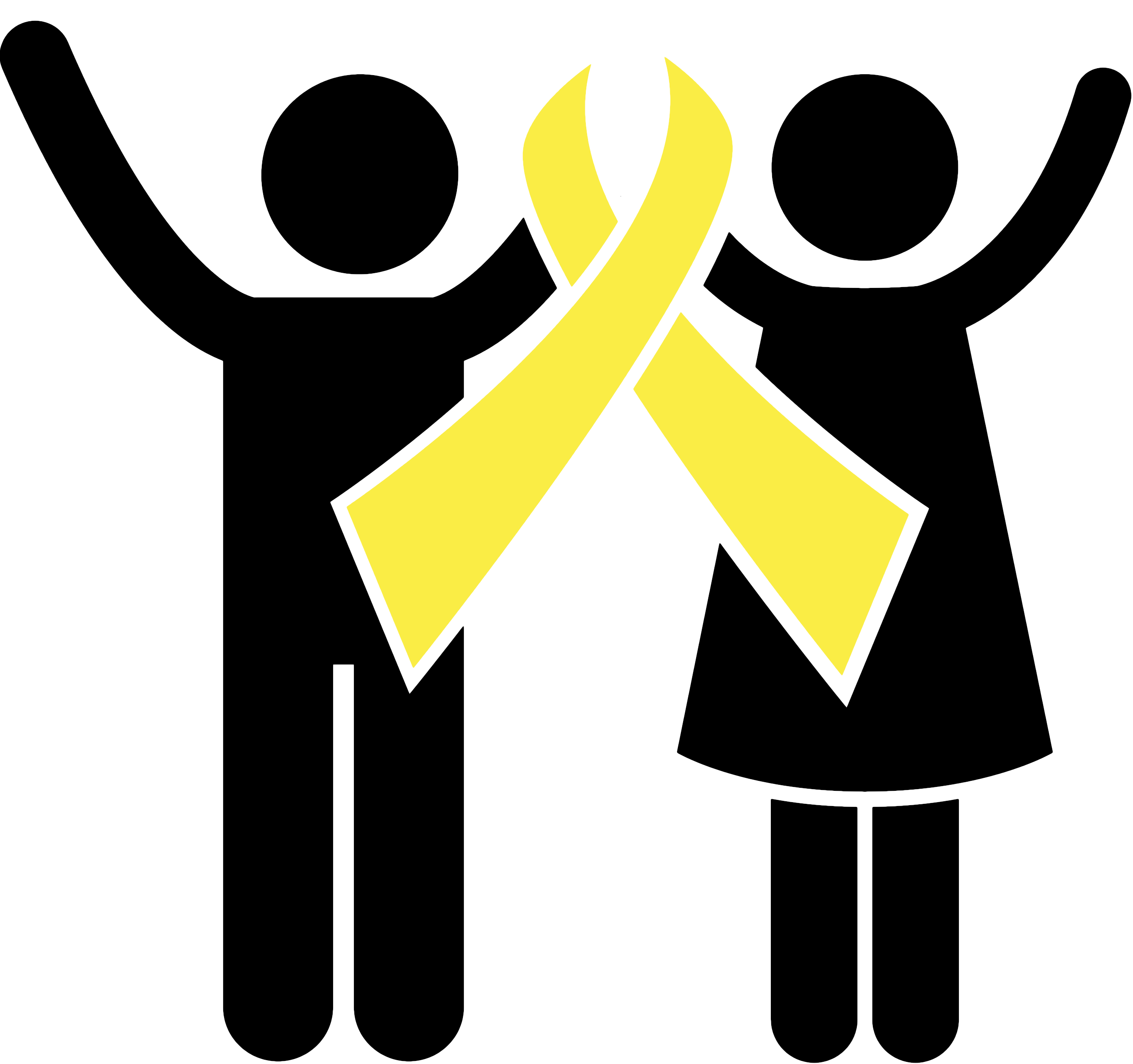Sorafenib is a type of targeted therapy. It works by targeting something specific to the cancer cells, therefore decreasing side effects caused by damage to the healthy cells.
How to take sorafenib
Sorafenib is available in tablet form and is taken orally. It is usually taken twice a day and should be taken on an empty stomach, 1 hour before or 2 hours after a meal. It is highly recommended to take sorafenib at around the same times every day.
The blood levels of this medication can be affected by certain foods and medications, so they should be avoided. It includes grapefruit, grapefruit juice, dexamethasone, carbamazepine, rifampin, phenytoin, St. John’s wort, and phenobarbital. Be sure to tell your healthcare provider about all medications and supplements you take.
Possible side effects of sorafenib
- High blood pressure
- Nausea and/or Vomiting
- Fatigue
- Diarrhea
- Decrease in appetite
- Loss or thinning of scalp and body hair (Alopecia)
Hypertension occurred in clinical trials within the first few weeks of therapy. Patients should have their blood pressure checked weekly for the first 6 weeks of therapy.
Hand and Foot Syndrome (HFS)
HFS is a skin reaction that appears on the palms of the hands and/or the soles of the feet as a result of certain chemotherapy agents. It can start as a feeling of tingling or numbness in the palms and/or soles and progress to swelling, redness, peeling skin, and tenderness or pain. Notify your healthcare team right away if you notice any of these signs of HFS.
Reproductive concerns
Exposure of an unborn child to this medication could cause birth defects, so you should not become pregnant or father a child while on this medication or for at least 2 weeks after stopping the medication.
Other side effects
This medication may interfere with wound healing. The manufacturer recommends stopping the drug before any surgical procedure and not restarting until there is adequate wound healing.

